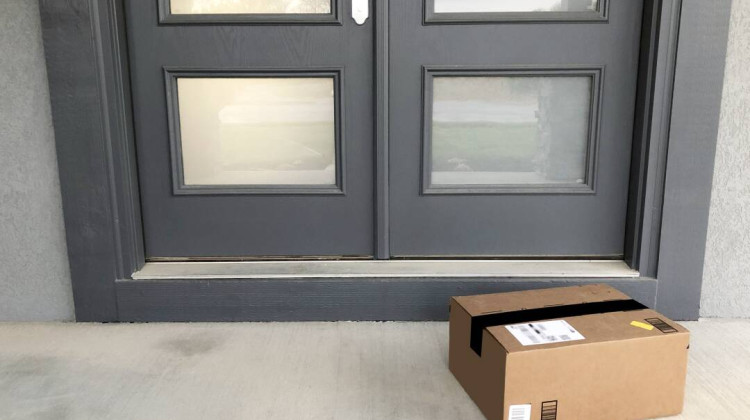
Indiana has a small number of large health care provider networks that generally serve the entire state.
Stock photoIndiana has a small number of large health care provider networks that generally serve the entire state. Various studies demonstrate this may be the reasoning behind higher health care prices in Indiana. One listener wondered why Indiana doesn’t have more competition.
Nir Menachemi is the executive associate dean at Indiana University’s Fairbanks School of Health at IUPUI.
“I wouldn't say the lack of competition, I would say the lack of enough competition,” he said.
Menachemi explained this problem is not Indiana-specific. He said the issue is a “cat and mouse game” between health insurance companies and provider organizations.
“One is always trying to figure out how to have a market advantage for what it sort of values most in terms of how health care should be organized and paid for,” he said.
This often leads to health care providers banding together, which Menachemi said can “strengthen their ability” to negotiate with insurance companies for optimal pricing.
“Each year, every provider organization has to negotiate with every health insurance company that operates in their state, what the prices are going to be for every single procedure that they do in the hospital or you know, surgery or that sort of thing,” he said.
He said if providers are larger, it’s often easier for them to negotiate prices that benefit them.
Menachemi said there are also potential benefits that come from this consolidation.
“[Providers] can potentially offer a higher quality of care and better coordination and kind of be the one-stop shop for patients, which might be convenient to patients,” he said.
He added health insurance companies will also consolidate for similar reasons.
“When you're negotiating with anyone, size is always a bigger sort of advantage,” he said.
READ MORE: Why are Indiana’s health care costs so high?
Join the conversation and sign up for the Indiana Two-Way. Text "Indiana" to 73224. Your comments and questions in response to our weekly text help us find the answers you need on statewide issues.
But Menachemi said this system can lead to higher prices for consumers.
“I think the main issue that folks have complained about is that when you have larger and larger provider organizations, they're going to be able to negotiate higher prices from the health insurers who every year have to renegotiate,” he said.
The RAND 4.0 study, conducted by a nonprofit public policy research organization, showed some of these high health care costs for Hoosiers, particularly with hospital care.
Menachemi explained increasing competition, and therefore driving down costs, is a multi-faceted solution. Ultimately, it relies on balance.
“I would say some of the things that contribute to the check-and-balance are just not here,” he said. “And it’s not that anyone is at fault, it's just what is. And so unless we address some of these issues, I don't think we'll reinstitute some of these checks and balances into the system.”
He said there are many stakeholders in the process, including: consumers or patients, hospitals, health insurers, pharmaceutical companies and employers who purchase company health insurance. He explained cooperation between these parties would be vital to ensuring a more balanced competition system.
“If we put everyone in a room and force them somehow, either through policy or through incentives, or through threats of someone else solving this problem for everyone, I think we'd get traction,” he said.
Menachemi said there is not enough being done to bring these stakeholders together and determine these solutions.
Contact reporter Violet at vcomberwilen@wfyi.org or follow her on Twitter at @ComberWilen.
9(MDAyMzk1MzA4MDE2MjY3OTY1MjM5ZDJjYQ000))
 DONATE
DONATE







 Support WFYI. We can't do it without you.
Support WFYI. We can't do it without you.